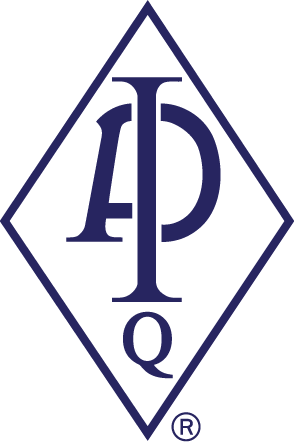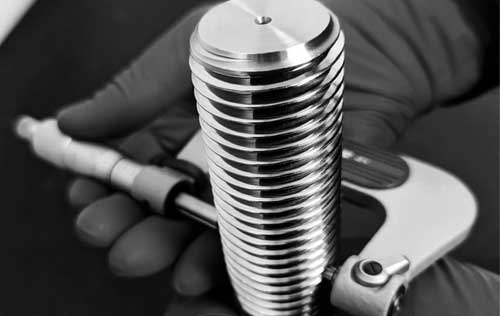API 20E and API 20F bolting standards |
API 20E and 20F specify requirements for different bolting specification levels (BSL), and define different levels of technical, quality and qualification requirements.
 Api
Monogram Consultancy Services
Api
Monogram Consultancy Services Certified companies are licensed to mark bolted connections with the API monogram: API 20E-0098 BSL 1, 2, 3 and API 20F-0048 BSL 2, 3.
Typical fastener products include: Studbolts with full threads, Hexagon Nuts, Tap End Studs, Flange (Collar Bolts) Hexagon Bolts, Socket Head Capscrews and 12point Bolts / Nuts.
Specification and History
In most commercial applications, a bolt failure had limited consequences. Typically, a defective fastener was removed and the replacement part was installed. The consequences of bolt failures were limited, usually a few minutes or hours of downtime while a replacement part was installed so the machine could resume operation.
This scenario also applied to most bolted joints used in oil and gas applications. However, as the O&G industry expanded and moved into increasingly harsh and unforgiving environments, we saw that the consequences of bolt failures in these applications carried infinitely greater risks.
When drilling offshore for oil and gas in water depths of more than 3,700 meters or when producing oil and gas in an onshore fracking project next to a suburban neighborhood, where rig workers can see and hear children playing in their backyards, a catastrophic bolt failure presents safety risks of a very different nature. In both scenarios, there is the potential for loss of life, extreme environmental impacts and financial ruin.
Having dealt with these risks for years, the O&G industry has addressed the problems associated with bolted joints. One of the key components of this bolted joint initiative was the development and publication of API Specification 20E and Specification 20F.
Manufacturers of products and equipment that were evaluated and found to conform to these API specifications could receive an API monogram and a license to monogram their product. In the area of pressure limit products, bolted joints were the only component category without such verification.
The Association of Wellhead Equipment Manufacturers (AWHEM) is a trade association that provides value-added support to the O&G service manufacturing industry. This organization provides technical support to the industry by evaluating and certifying component designs and technical support to API, aligning industry standards. In response to multiple O&G operators and original equipment manufacturers each drafting their own specifications for improved bolted joints, AWHEM decided to create a branch document to standardize specifications.
In August 2012, API published specification 20E, Alloy and Carbon Steel Bolting for Use in the Petroleum and Natural Gas Industries. This standard specifies the requirements for qualification, production and documentation of alloy and carbon steel bolted joints for use in the petroleum and natural gas industries. The corresponding specification for corrosion-resistant bolted joints, API 20F, was published a few years later.
 Image..
www.energybolting.com
Image..
www.energybolting.com API service levels
The API 20E specification establishes three bolted joint specification levels (BSL-1, BSL-2 and BSL-3). These BSLs define increasing levels of technical, quality and qualification requirements. Increasing levels of severity reflect the greater consequences of bolting failures. The highest critical level, BSL-3, is expected to be reserved for applications where bolted joint failure is not an acceptable option. A common definition for BSL-3 applications is a "critical application; an application where a bolt failure would result in the release of hydrocarbons into the atmosphere."
The specification is not responsible for design and does not identify specific applications requiring BSL; that is the duty of the designer, user or API product committee, who is fully aware of the application requirements and the consequences of product failure.
Note that it is important to understand that this specification is designed to control the production of purpose-built critical components. It is not expected that post-production testing and inspection of a commercially manufactured product would meet 20E or 20F. Conformance to these specifications cannot be "inspected" the product must be manufactured with the specific intent to fully conform to the specifications.
API 20E and 20F compliant bolting is now mandatory for many products being manufactured to API Specifications. These products include..
- Valves
- Drilling risers
- Surface trees
- Subsea pipelines
- Blow-out preventers
- Well-head connectors
- Choke & kill manifolds
- Drill-through equipment
- Subsea well heads and trees
- High pressure/high temperature (HP/HT) equipment
- Production risers, jumpers and gas export equipment
Reference(s) .. www.plantengineering.com